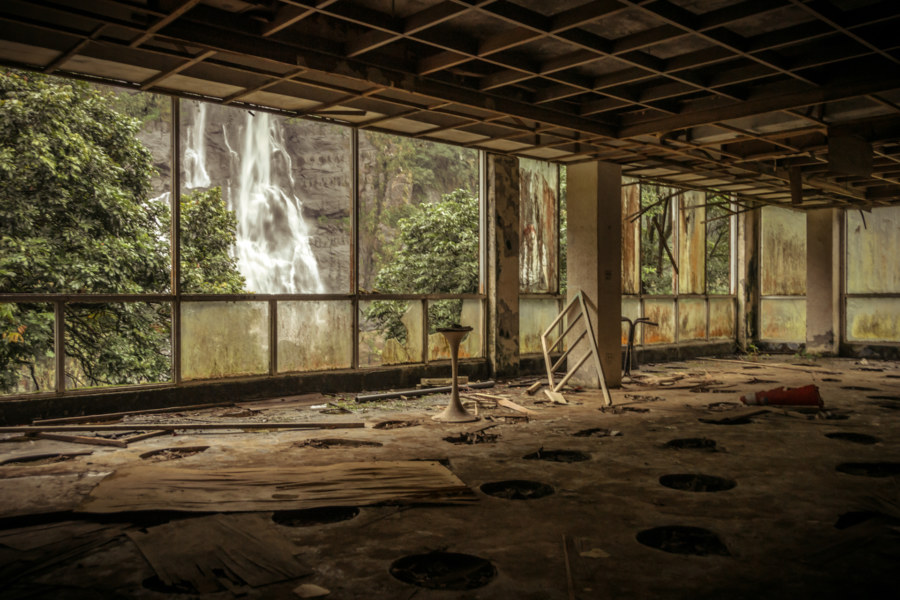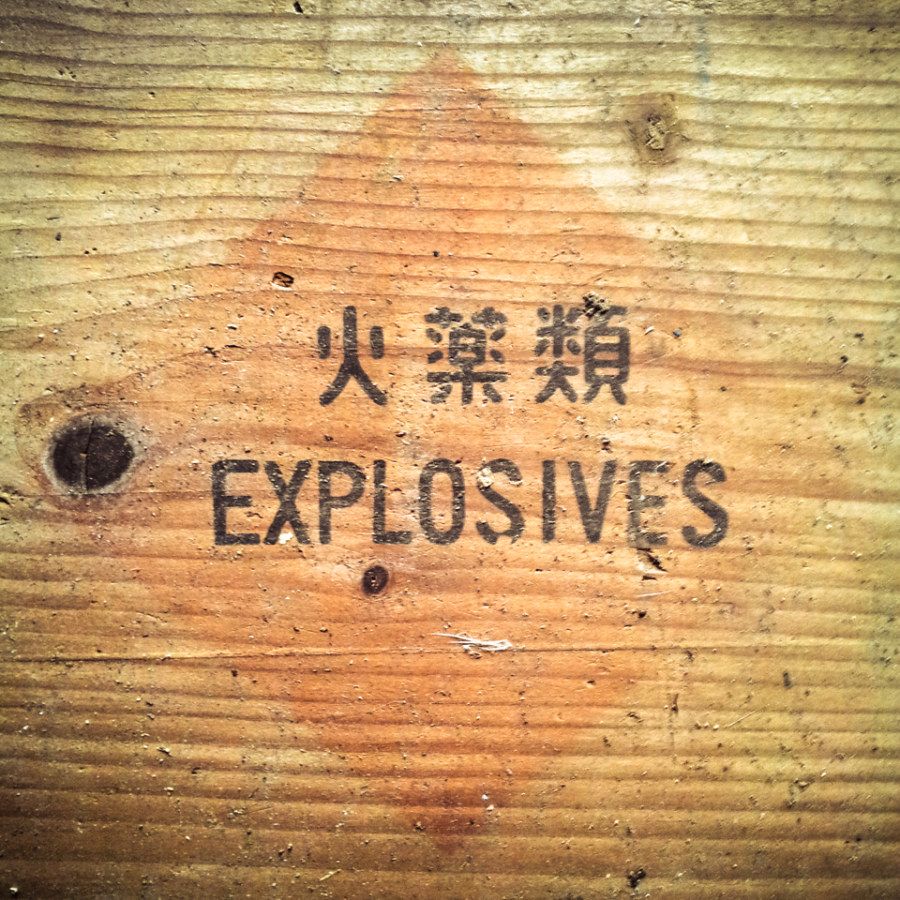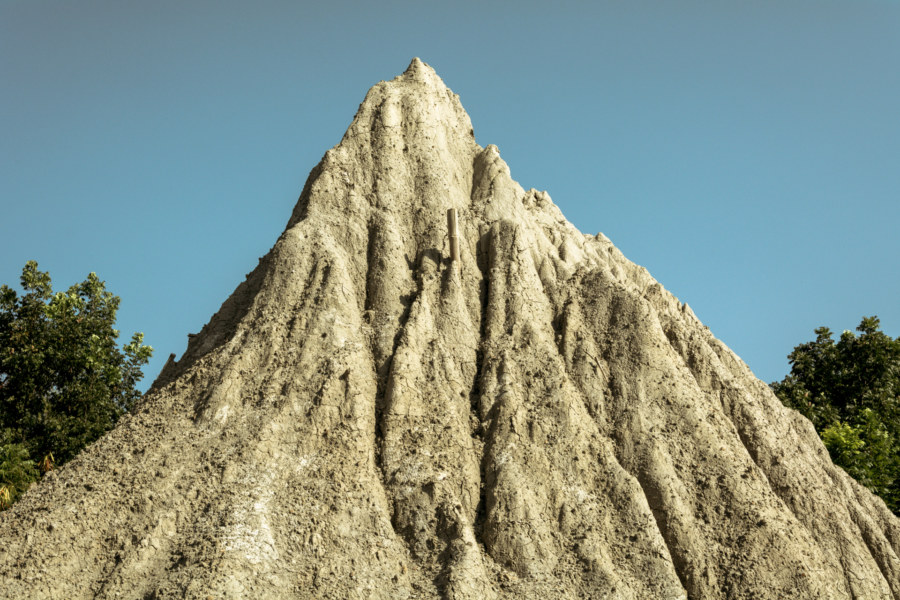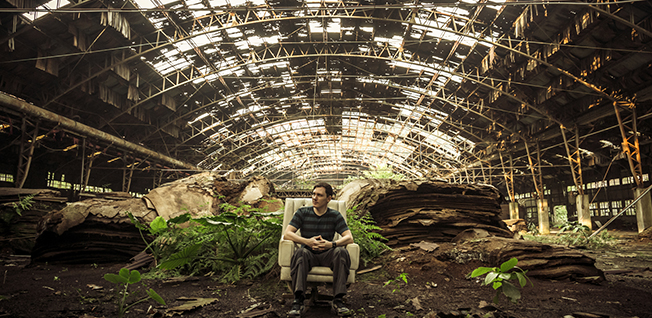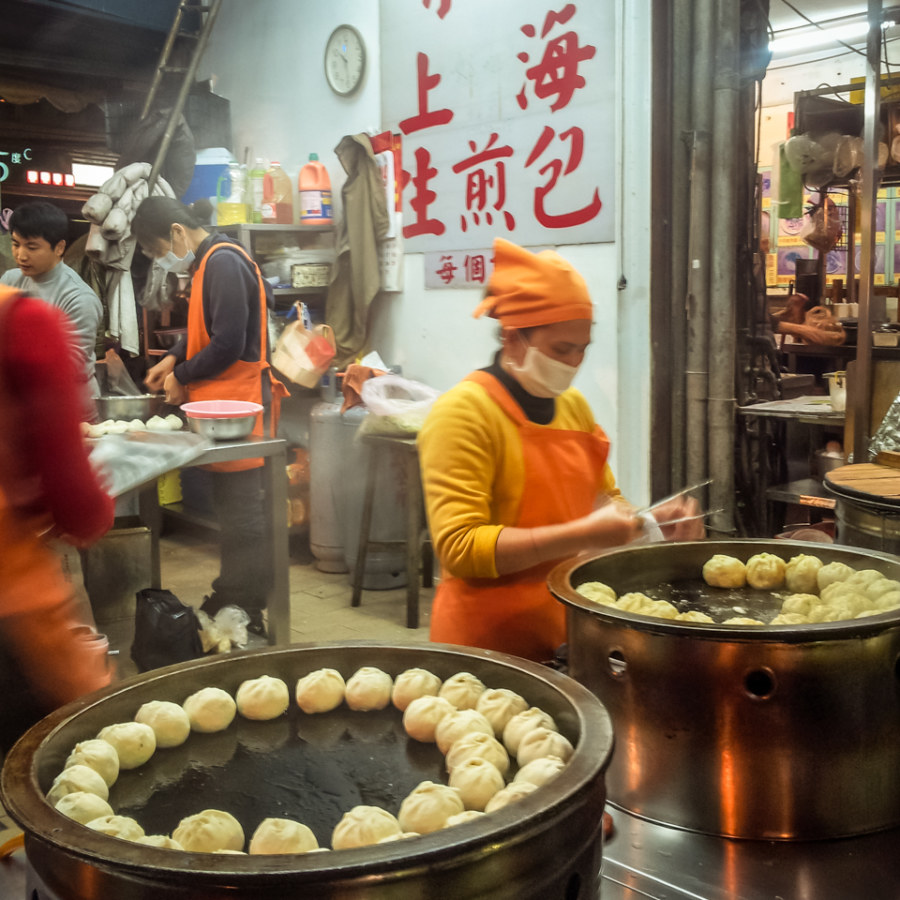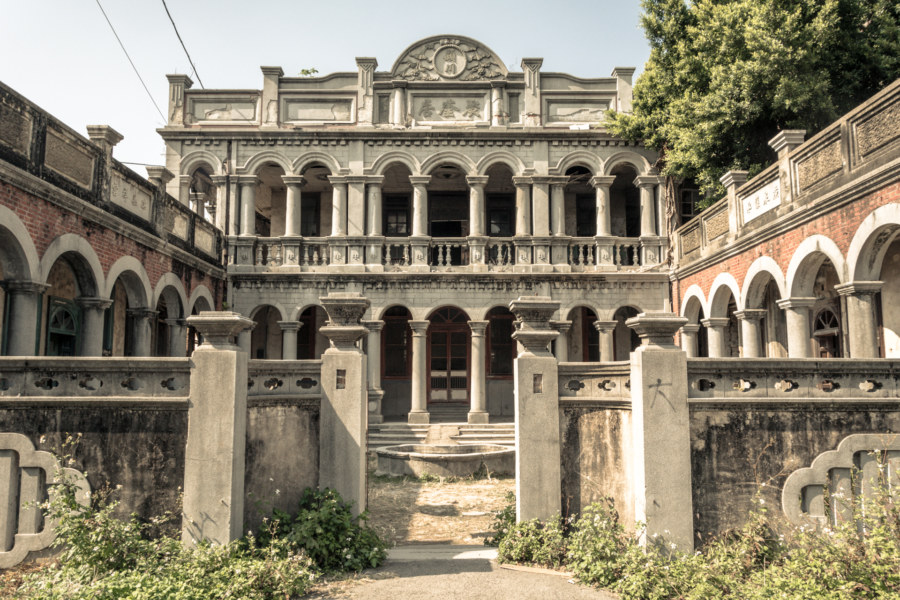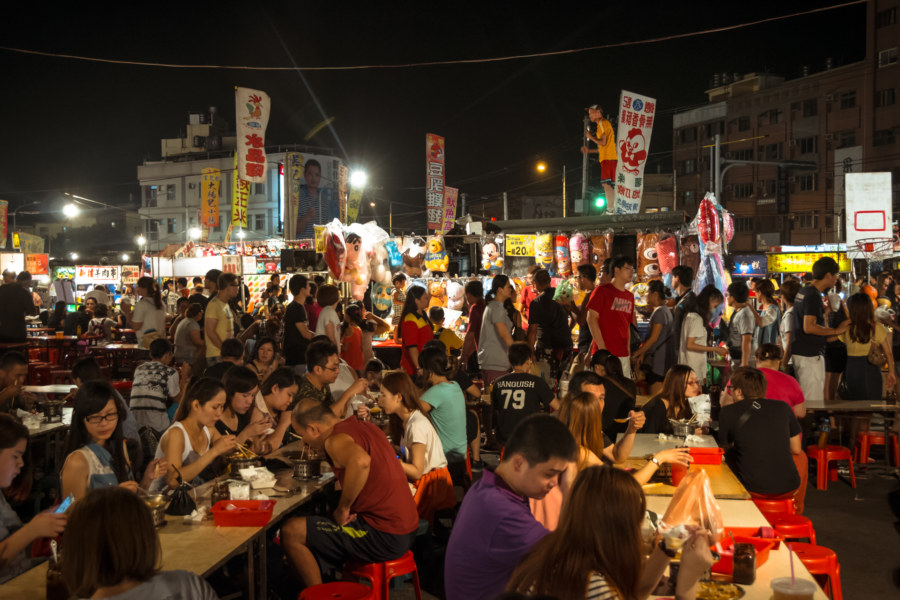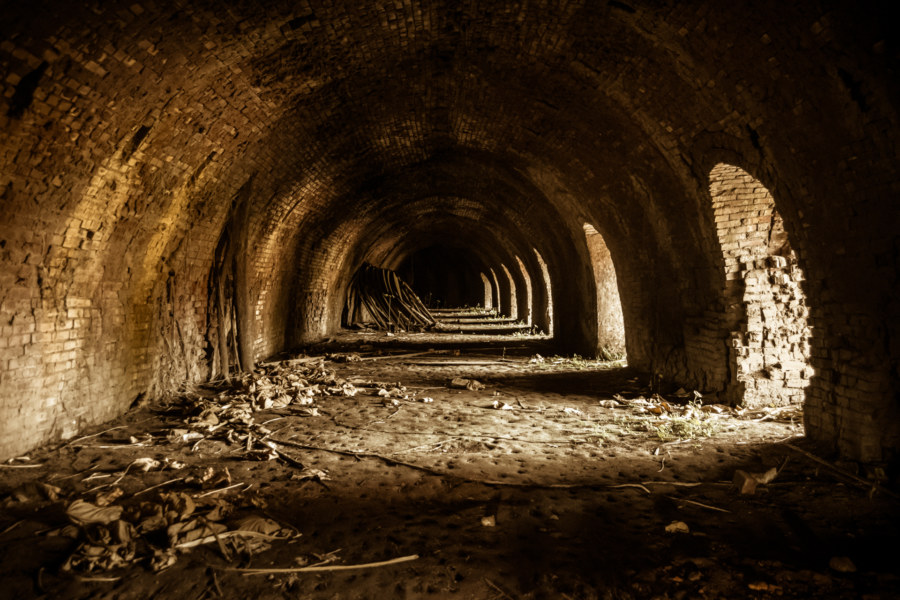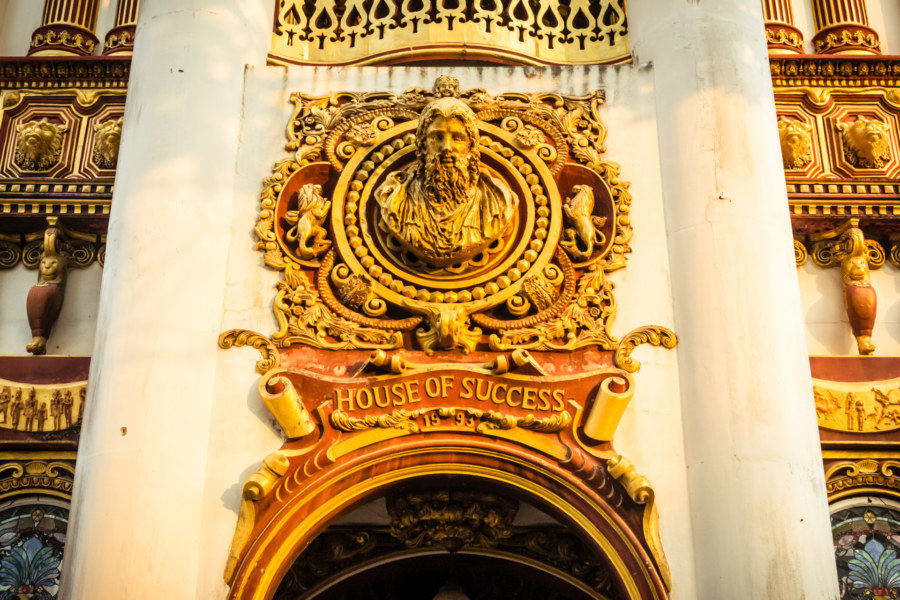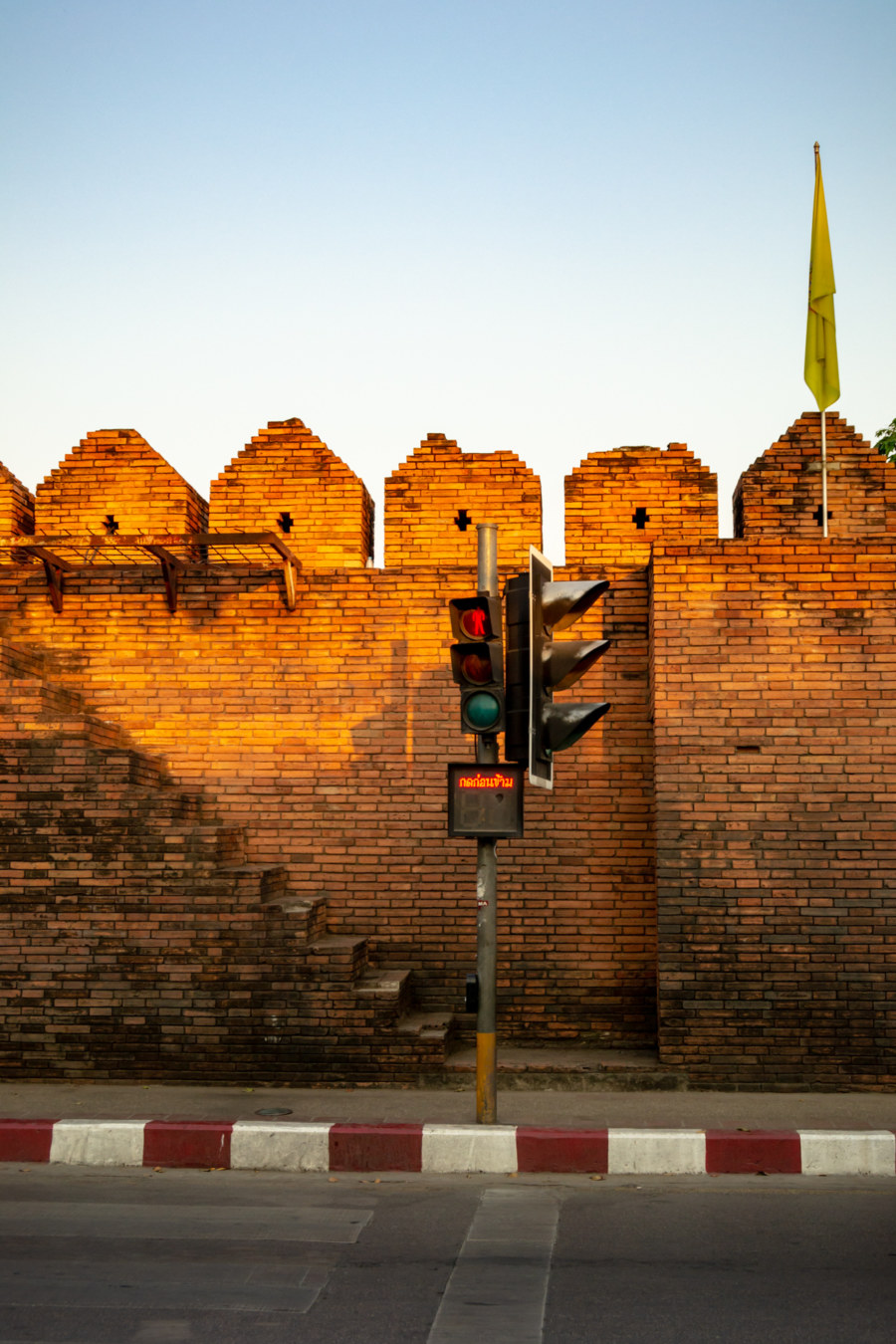While on a day trip to Wulai at the very end of 2013 I was delighted to stumble upon one of the most picturesque abandonments I have had the pleasure of exploring in Taiwan. Mere steps from the southern terminus of the Wulai Sightseeing Tram 烏來觀光台車 one will find a viewing platform across from Wulai Falls 烏來瀑布, one of the most scenic waterfalls in the greater Taipei area. What you might not realize—unless you have a sixth sense for all things abandoned—is that the viewing platform doubles as the rooftop of a derelict hotel with a rather stunning view.
Jinguashi Old House 金瓜石老屋
One of the enduring mysteries of abandoned Taiwan is this: why do people leave so much stuff behind when they go? I understand there might not be any descendants or close friends to go through the belongings of the departed—but what about when entire families pick up and move? Sure, leave the junk behind (and there’s lots of that), but what about children’s toys, letters and diaries, old schoolwork, music, book, and movie collections, and photographs? It is almost as if entire families undergo a kind of ritual metamorphosis, pupating within their former domiciles, emerging transformed and casting away the remnants of their former lives, all the miscellaneous detritus and kipple that naturally accumulates in the course of everyday affairs.
Wushanding Mud Volcano 烏山頂泥火山
Wūshāndǐng Mud Volcano (烏山頂泥火山) is a modest geological curiosity in the hilly badlands of Yanchao, Kaohsiung. It is the largest and most impressive mud volcano field in Taiwan. I first heard about the place through this excellent article by Richard Saunders, who also published an illuminating article about mud volcanoes in the China Post.
A Brief Interview About This Blog, 2015
My blog was recently featured on InterNations, an expat social network and resource. In the interview I outline why I chose Taiwan, why I started blogging, how life is different, and similar topics of general interest to would-be expats. Continue reading for the full text of the interview (but please keep in mind this is not an endorsement of InterNations, where I am not even an active member)…
Scenes From Everyday Life in Wenshan District
I lived in Wenshan, Taipei, from October 2013 until April 2014 when I moved south to Tainan. In those six months I captured a great many photographs from in around the area, the finest of which were previously shared on this blog in a post about the urban landscape of Wenshan. It was my intention with that post to portray southern Taipei from the vantage point of mountaintops, hillsides, river banks, and pedestrian overpasses, with only a couple of shots from street level. This time around I would like to zoom in and share scenes from everyday life in Wenshan.
Jukuiju 聚奎居
Jùkuíjū 聚奎居 is an abandoned mansion in Wuri, Taichung, built in 1920 by Chén Shàozōng 陳紹宗, a wealthy businessman and landowner. The architecture is a combination of the traditional Taiwanese sānhéyuàn 三合院 (a U-shaped building with three parts surrounding a central courtyard) and the Baroque Revival style of the Japanese colonial era. It is located on the rundown, industrial margins of the city, along an otherwise unremarkable lane next to a military base, looking completely out of place in space and time.
Jingcheng Night Market 精誠夜市
Jīngchéng Night Market 精誠夜市 is perhaps the largest open air night market in Changhua, Taiwan. Unlike some of the other big night markets in the area Jingcheng hasn’t been developed for tourism in the slightest. I doubt you’ll find it in any guidebook and there isn’t anything written about it in English that I have been able to find online. And, to be fair, there isn’t anything special about Jingcheng, particularly not if you’ve been to the fantastic open air night markets of Tainan. Still, if you’re a night market connoisseur like me—or merely interested in trying something different—it might be worthwhile to check out, or you can live vicariously through my photos.
Jinshuncheng Hoffmann Kiln 金順成八卦窯
Jīnshùnchéng Hoffmann Kiln 金順成八卦窯 is located on the eastern Changhua Plain 彰化平原 in Huatan, a rural township south of Changhua City. During the Japanese colonial era this part of Taiwan specialized in brick and ceramic production due to plentiful supplies of high-quality clay, and the industry continued to expand after the arrival of the KMT. This particular kiln only dates back to the early 1960s and is the last of its kind in Changhua. For that reason the county government designated it a historic building in 2010 but very little has been done to clean the site and make it inviting to visitors.
House of Success, Chiang Mai
Mere minutes after setting out from my hotel to explore Chiang Mai I stumbled upon a bizarre building in a mostly empty lot just inside the old city walls. I swear I don’t always go looking for abandoned places—sometimes they find me instead. And in this case I couldn’t very well say no, now could I? I walked up the stairs to take a closer look at this ostentatious ruin, the House of Success.
Postcards From Chiang Mai 2012
I am just about to zip off to Chiang Mai for the second time and I realized—I still haven’t shared any photos from the first time I went! The reason for this is simple: I was sick every day I was there in early 2012. I made the mistake of visiting during burning season and could hardly breathe the entire time I was there. I didn’t even know what was going on at the time, a consequence of my inexperience with extreme air pollution and the lack of a cell phone (on which I would have certainly read about it in the news as I did after returning to Bangkok) a few days later. “National Haze Crisis Declared”, the headlines read.
